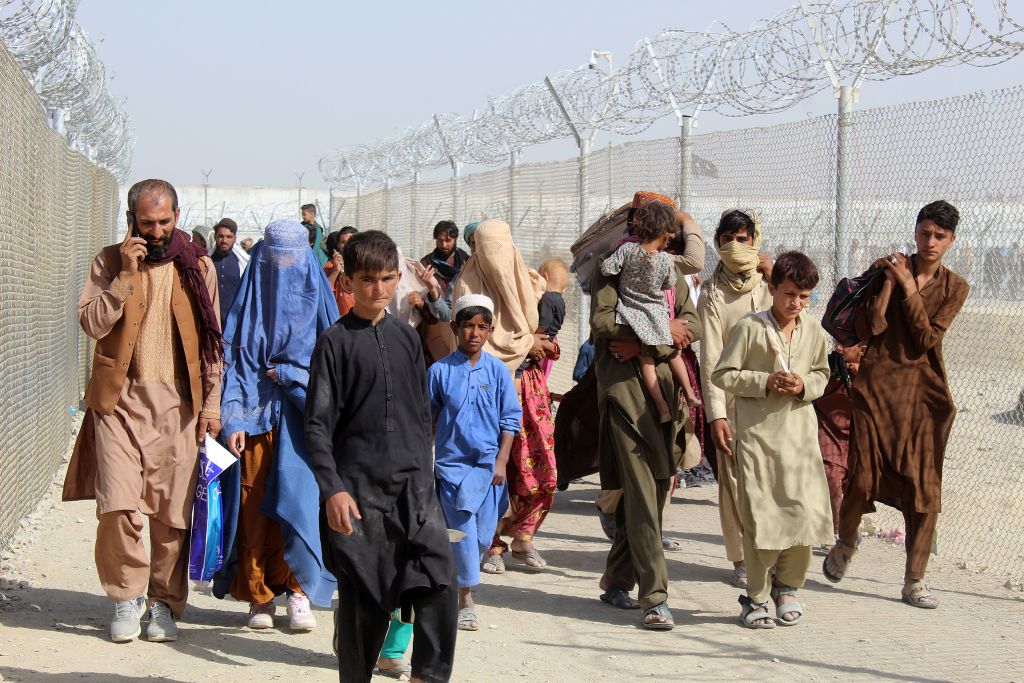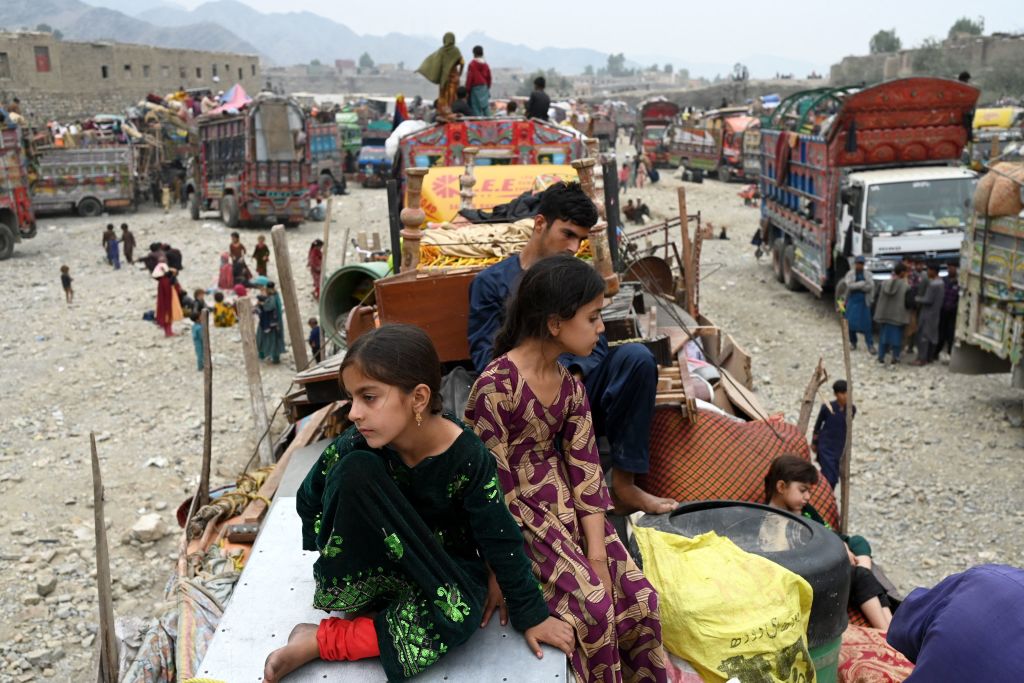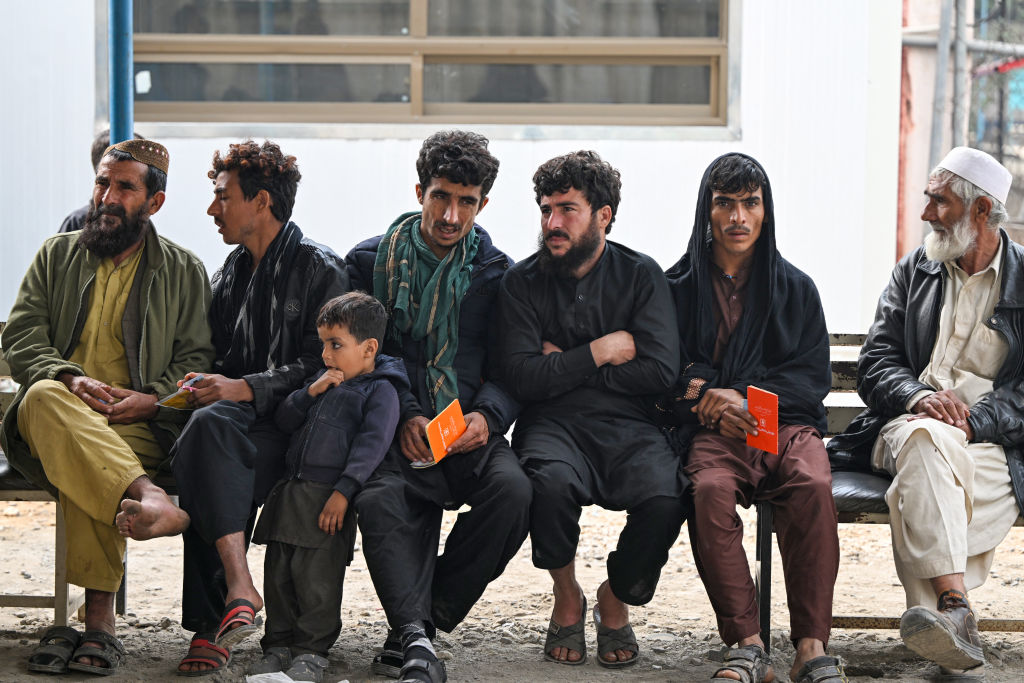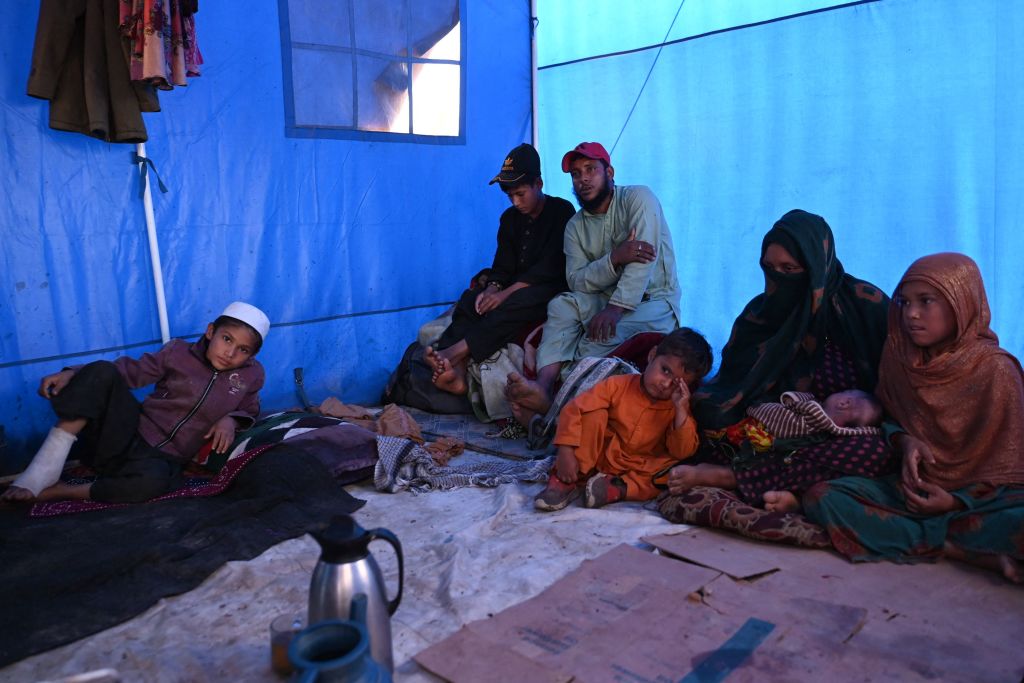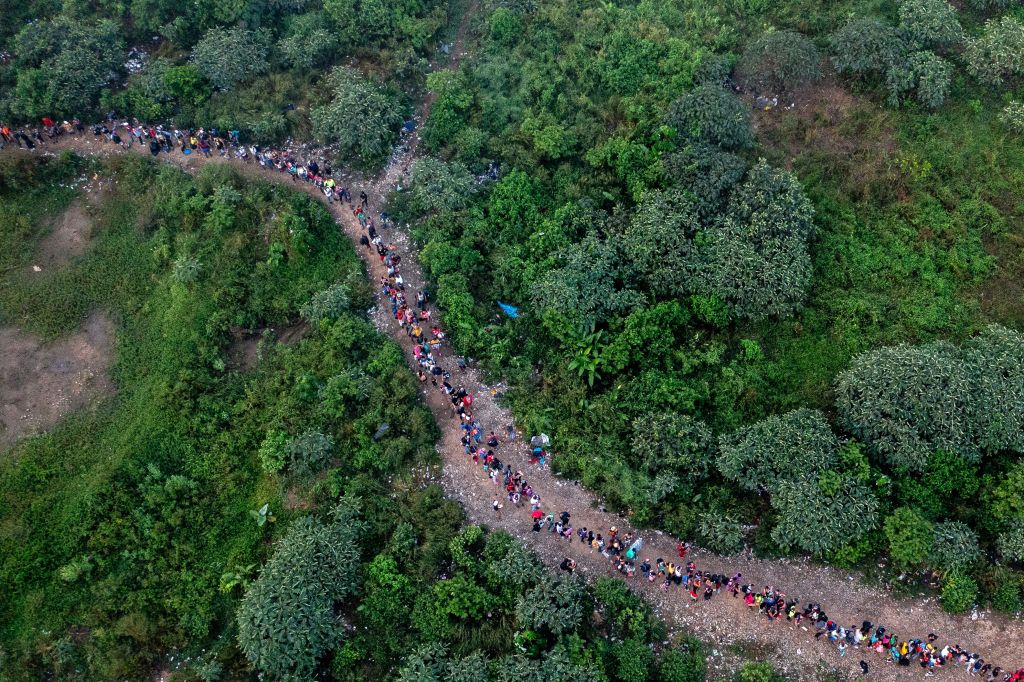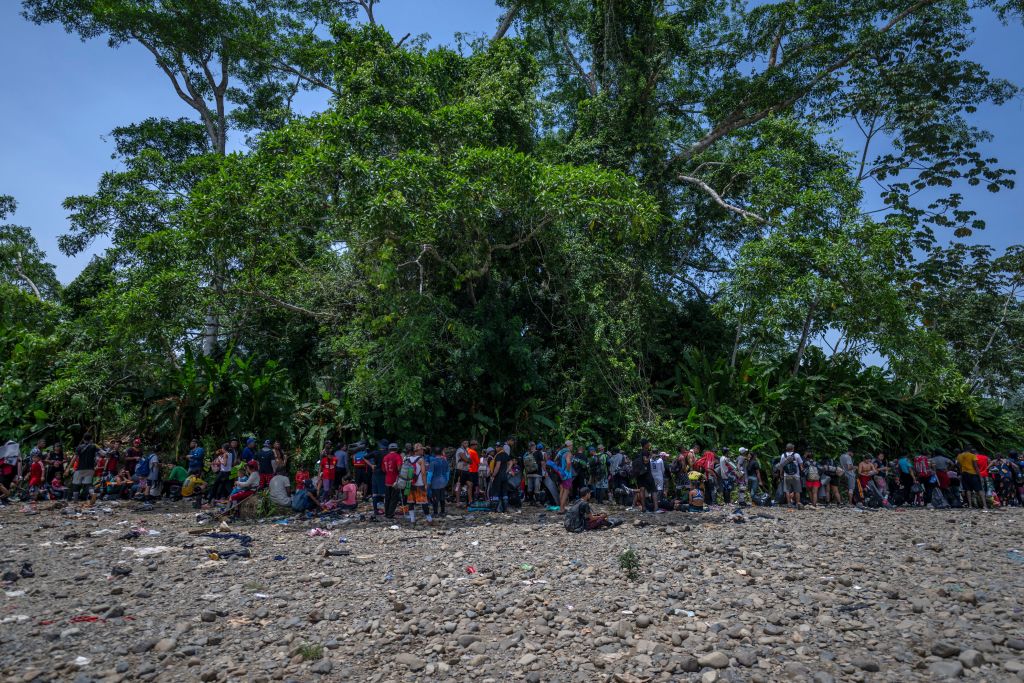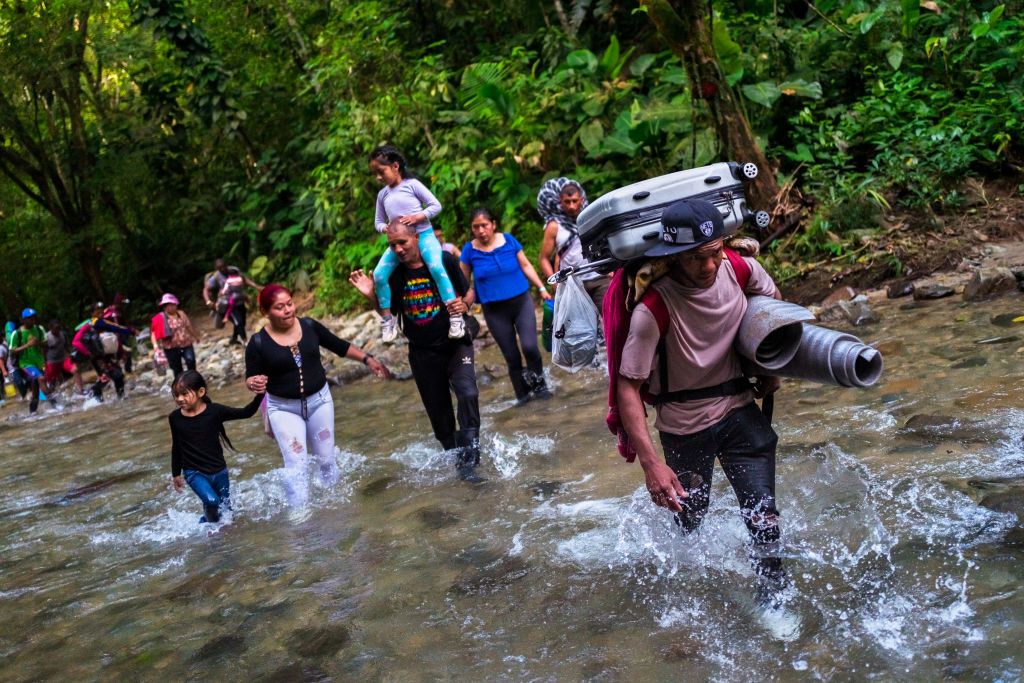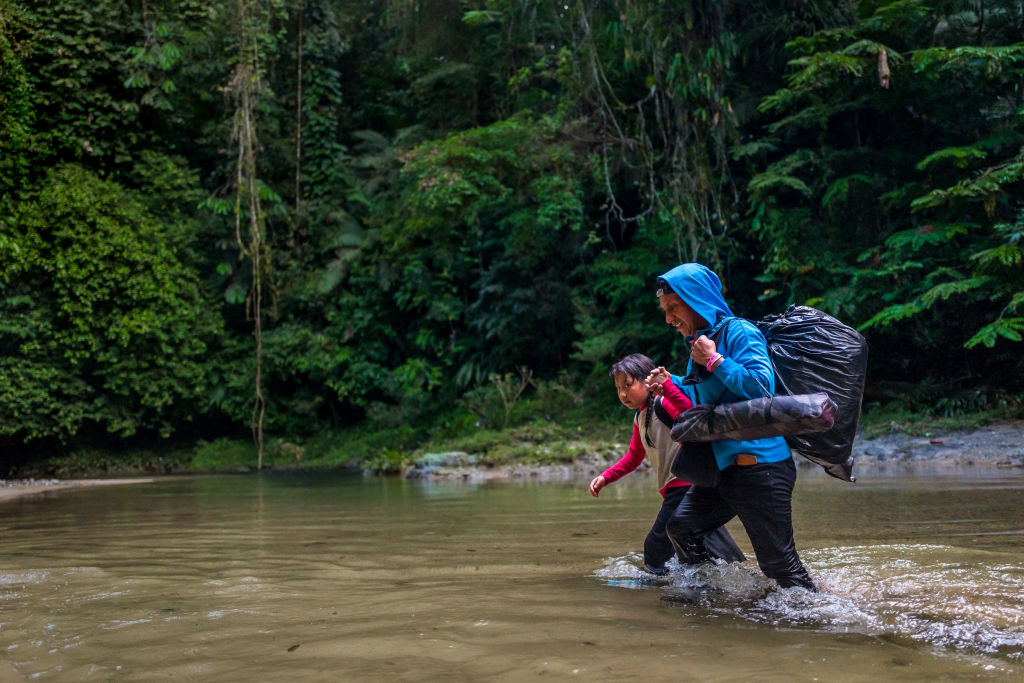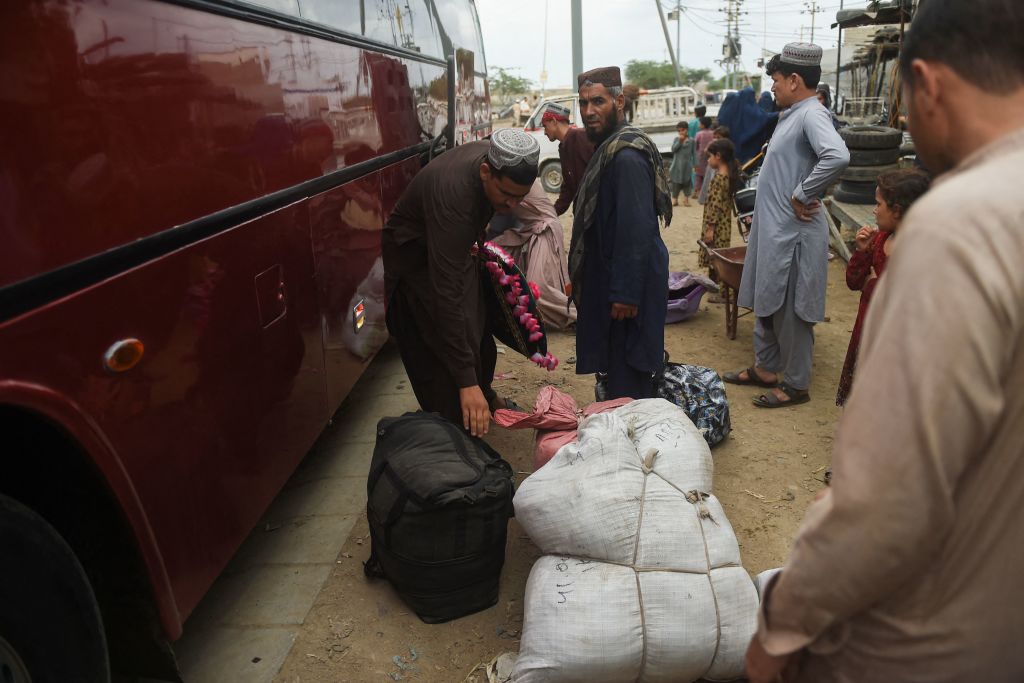More than a million Afghans have fled since 2021
When the US military withdrew its troops from Afghanistan in August 2021, the country was retaken by extremist Taliban forces and much of the Afghan population attempted to escape. Today, more than 1.6 million Afghans have left their country behind, according to the UN.
Risking their lives to get out of Afghanistan
The world saw videos of Afghans clinging to planes’ turbines, desperate to leave their country, many willing to risk their lives knowing what awaited them under the Taliban regime: poverty, restrictions and violation of their rights, especially of women and girls.
Photo: Radio Free Europe/Radio Liberty
Most took refuge in Pakistan and Iran
Most fled to Pakistan and Iran, according to UNHCR data, but several countries in the European Union, the United Kingdom, the United States, Australia and Canada also granted humanitarian visas.
Latin American countries that granted asylum
In Latin America, Mexico, Chile and Costa Rica announced plans to welcome a certain number of Afghans. However, it was Brazil that granted the most humanitarian visas.
Brazil modified its asylum policy in October
Since September 2021, the Brazilian government has authorized more than 11,000 permits for Afghans, according to the BBC. The problem? Last October, a new law was approved that modified the asylum policy and makes it difficult to issue visas.
Crossing 11 Latin American countries
Due to seeing their process in Brazil slowed down or wanting to reunite with relatives in the United States, thousands of Afghans have undertaken an arduous journey crossing 11 Latin American countries to reach the US, according to Reuters.
Through the dangerous Darien Gap
According to a BBC report, Afghan migrants leaving Brazil walk towards Peru, Ecuador, Colombia and through the so-called Darien Gap: the dense jungle that links South America with Central America, to Panama.
2,200 Afghans crossed it in 2022
In 2022, 2,200 Afghans crossed the inhospitable region, according to Reuters, a route that until then was only taken by South American migrants seeking to emigrate to the United States.
Many have reported assaults
According to the BBC report, in a “common story” Afghan migrants traveling that route have reported being assaulted by masked and armed men.
Snakes and currents
But criminal mafias are just one of the dangers of traveling through the Darién jungle. Along the road, which is more than 100 kilometers long, many people die from snake bites or drown in rivers raging due to constant rain, according to local authorities.
After surviving the Darién, the journey is long
Those who survive the dreaded Darién still have to pass through Costa Rica, Nicaragua, Honduras, El Salvador and Guatemala, before reaching Mexico and heading to the north of the country, a journey they make on foot, by bus or by boat from Costa Rica, according to Reuters.
Afghans trapped on the US-Mexico border
But many of the Afghans who have managed to reach Tijuana (considered the most dangerous state in Mexico), on the border with the United States, now remain in limbo, trapped in Mexican territory in the hope of being able to request asylum in the neighboring country.
More than a thousand Afghans detained in Mexico
From January to October 2023, more than 1,886 undocumented Afghans have been detained in Mexico, according to the most recent data from the National Migration Institute (INM).
Many have requested asylum in Mexico
But asylum applications in Mexico have also increased. At the end of October 2023, there were 1,682 Afghans who had made the request, according to the latest monthly report from the Mexican Commission for Refugee Assistance (Comar).
The US rejects 90% of Afghan asylum applications
This perhaps after facing the difficulty of obtaining asylum in the United States. In 2022, CBS News reported that 90% of Afghan asylum requests had been rejected by US authorities.
Despair in the face of endless waiting
In the BBC report, an Afghan woman expressed her frustration, saying that although they wish to enter the United States legally, they have considered paying a smuggler to cross the border.



